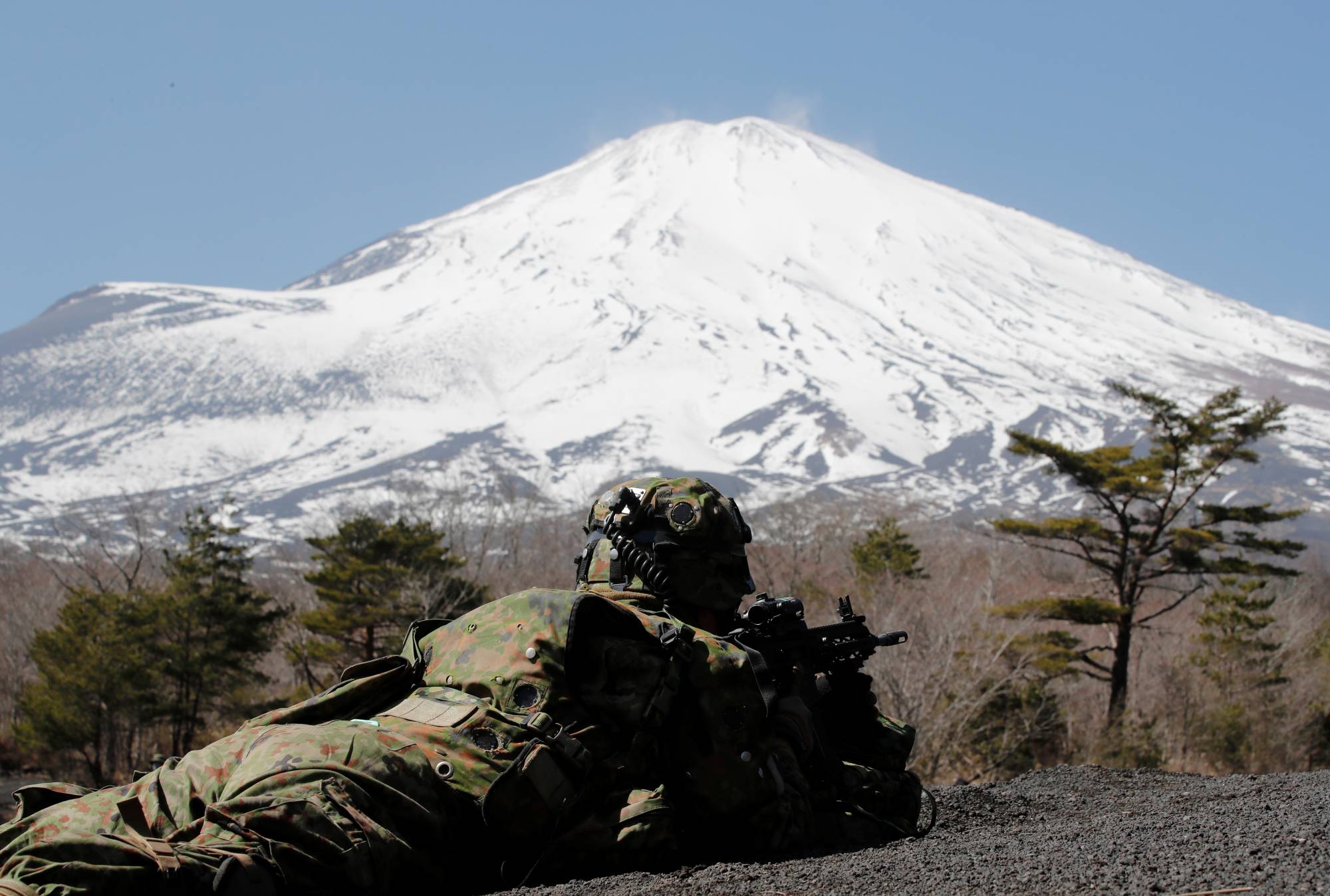The ruling Liberal Democratic Party on Wednesday submitted to the government its proposal for revising Japan’s most important defense and diplomacy documents, including its National Security Strategy, in a move that could signal big changes ahead for the country’s security policies.
The proposal, which aims to drastically revise three key documents — the National Security Strategy (NSS), National Defense Program Guidelines (NDPG) and the Medium-Term Defense Force Buildup Program (MTDP) — amid what it calls Japan’s “increasingly severe” security environment, was submitted to Defense Minister Nobuo Kishi and later Prime Minister Fumio Kishida.
The revision of the NSS would be the first since it was originally approved by the Cabinet in late 2013.

















With your current subscription plan you can comment on stories. However, before writing your first comment, please create a display name in the Profile section of your subscriber account page.